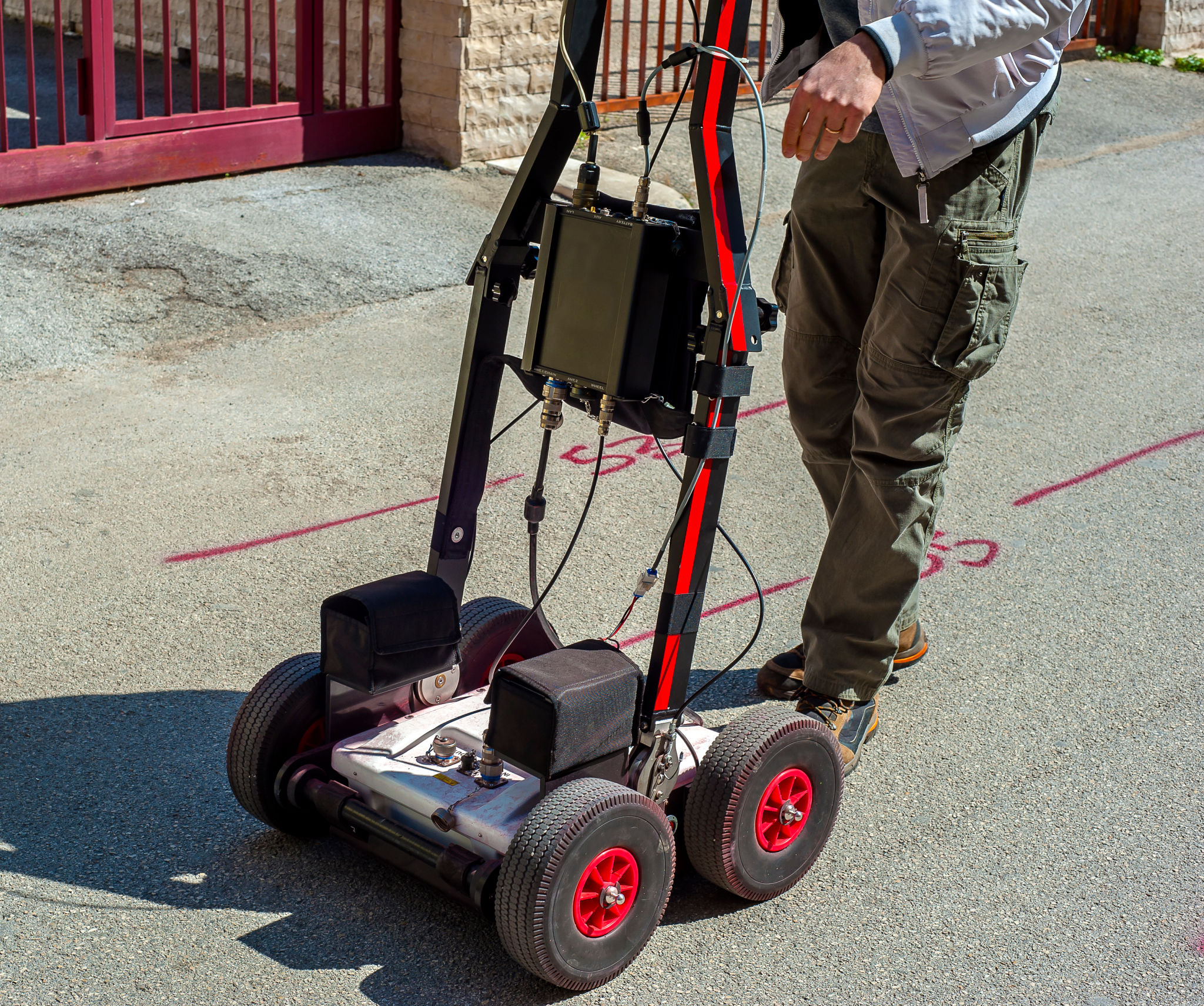GPR Scanning vs. Traditional Methods: Which is Right for Your Project?
Understanding GPR Scanning
Ground Penetrating Radar (GPR) scanning is a modern method used in various industries to detect objects, changes in material, and voids beneath the surface. This technique employs electromagnetic radiation in the microwave band to reflect signals from subsurface structures. GPR is increasingly popular due to its non-destructive nature, making it a preferred choice for many projects.
One of the significant advantages of GPR scanning is its ability to provide real-time data and high-resolution images of the subsurface. This capability allows for more informed decision-making during construction, renovation, or archaeological digs.

Traditional Methods Explained
Traditional methods for subsurface exploration include techniques such as digging test pits, using sonar, or employing magnetometers. These methods have been used for decades and can be effective but often come with limitations. For instance, they may be invasive, time-consuming, or unable to provide immediate results.
Digging test pits, for example, involves physically excavating areas to inspect below the surface, which can be disruptive and costly. Similarly, while sonar can be useful in some contexts, it may not offer the same detail or accuracy as modern methods like GPR scanning.
Comparing Accuracy and Efficiency
When comparing GPR scanning and traditional methods, one of the primary considerations is accuracy. GPR provides precise readings and detailed imagery, which can be crucial for projects that require a thorough understanding of subsurface conditions. Traditional methods, while sometimes effective, may not offer the same level of detail or reliability.

Efficiency is another critical factor. GPR scanning is often faster than traditional methods as it does not require extensive excavation or setup. This speed can lead to reduced project timelines and cost savings, making it an attractive option for many industries.
Cost Considerations
The cost of using GPR versus traditional methods can vary depending on the project's scope and complexity. While GPR equipment may initially seem more expensive, the savings in time and labor can offset these costs. Traditional methods might appear cheaper upfront but can become costly when considering the potential for extended project durations and increased labor requirements.
It's crucial to evaluate both short-term and long-term costs when deciding between these methods. In many cases, the investment in GPR can lead to more efficient project completion and fewer complications down the line.

Choosing the Right Method for Your Project
Deciding between GPR scanning and traditional methods ultimately depends on your project’s specific needs. Consider factors such as the depth of investigation required, the level of detail needed, and budget constraints. Projects that demand high precision, minimal disruption, and quick turnaround times may benefit more from GPR scanning.
For projects where depth is not a primary concern or where budget constraints are significant, traditional methods might still hold value. It's essential to weigh the benefits and challenges of each approach carefully.
Conclusion
Both GPR scanning and traditional methods have their place in subsurface exploration. By understanding the strengths and limitations of each, you can make an informed decision that aligns with your project goals. Whether prioritizing accuracy, efficiency, or cost-effectiveness, the right choice will ensure successful project outcomes.
As technology continues to advance, integrating modern techniques like GPR scanning into your projects could provide a competitive edge and drive innovation in your field.
